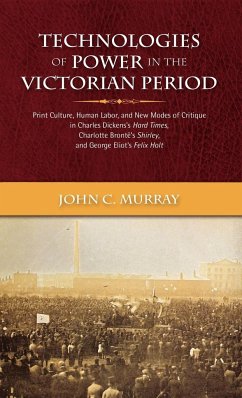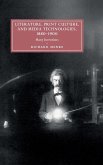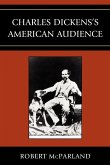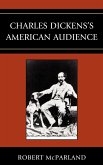This study examines the ways in which technological changes initiated during the Victorian period have led to the diminution of speech as a mode of critique. Much in the same ways that speech had been used to affirm intersubjectivity, print culture conditioned readers to accept uni-directional exchange of values and interests. It enabled the creation of a community of readers who would be responsive to the expansion of a industry and the emergence of a technical language and culture, a culture that precedes and predicts post-modern society. The purpose of this study is to employ Charlotte Brontë's Shirley (1849), Charles Dickens's Hard Times (1854), and George Eliot's Felix Holt (1866) to evidence how the growth of capitalist production and the development of new technologies of industry within the early- to mid-Victorian periods inspired the prioritization of the printed word over oratory and speech as a means for fulfilling the linguistic power exchanges found common in spoken discourse. Inventions such as Friedrich Gottlob Koenig and Andreas Friedrich Bauer's high-speed printing press enabled mass production and low-cost readership among the working class, who experienced literacy on multiple levels: to educate themselves, to experience leisure and diversion, to confirm their religious beliefs, and to improve their labor skills. Much in the same ways that speech had been used to affirm intersubjectivity, print culture conditioned readers to accept uni-directional exchange of values and interests that would create a community of readers who would be responsive to the expansion of a new technical society and would eventually perform the routines of mechanized labor. This book employs Victorian novelists such as Charlotte Brontë, Charles Dickens, and George Eliot to address representations of speech in fictional discourse. Critics like Nancy Armstrong and Garrett Stewart have considered these representations without addressing the ways in which print culture engendered and valued new forms of speech, forms which might re-engage critique of the human condition. More recent publications like The Crowd: British Literature and Public Politics, by John Plotz, do not respond to the ways in which individuals use the collective voice of crowd formations to redefine and resituate their subjective identities. This book serves to fill this gap in Victorian studies. Victorian novels are not, of course, pure representations of Victorian reality. However, many working-class Victorians engaged texts as authentic representations of society. How working-class readers then reconstructed their personal narratives in actuality suggests the affects of social assimilation upon subjective identity and advances the claim that Victorian novels did not provide solutions to the social and economic maladies they reported. Rather, they contextualized social and cultural problems without recognizing the dangers of how the decontextualized imagination of the reader locates placement within the same ontological and epistemological assumptions. Technologies of Power in the Victorian Period is an informative study that will appeal to members of academic groups such as the British Women's Writer's Association and the North American Victorian Association. Although the book bears relevance to scholars and students of Victorian studies, it will also serve as a point of reference for curious readers engaged in studies of the effects of industrial technologies on language acquisition and dissemination during the nineteenth century.








